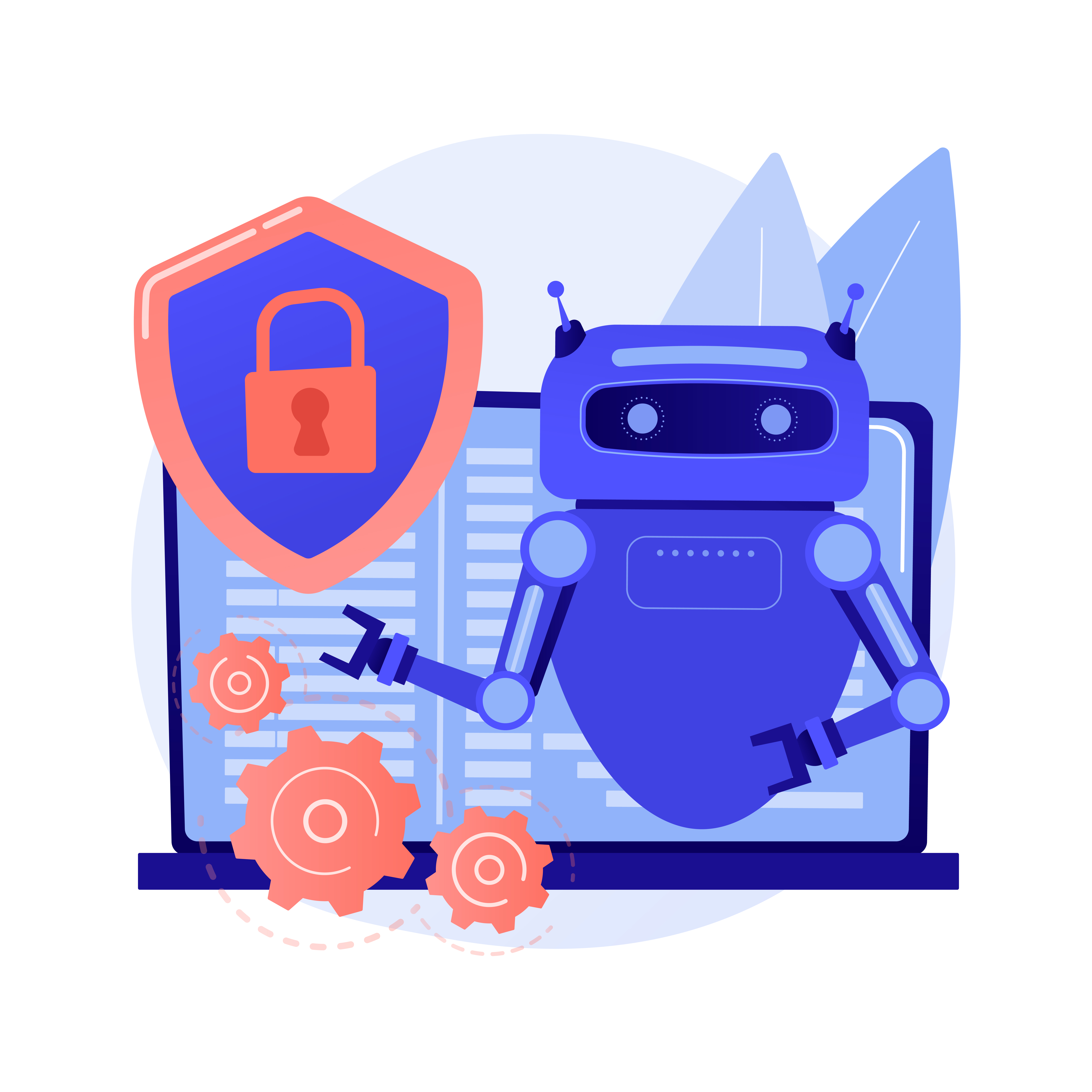Embracing Private AI: Protecting Intellectual Property in the Digital Age

The problem of protecting intellectual property (IP) while simultaneously fostering innovation is becoming more pressing for organisations in this age of data as money. The rise of AI has been both a boon and a bane for intellectual property (IP) protection, since it has the ability to greatly improve productivity and growth but also threatens IP sanctity. Here, the idea of Private AI becomes relevant, and it becomes an important tactic for businesses to implement.
What is Private AI? Private AI refers to AI systems developed and used within an organization, tailored to specific business needs and not shared with the public. These systems offer exclusive benefits to the organization in terms of customization, security, and IP rights.
What is Public AI? In contrast, public AI encompasses open-source AI models and platforms accessible to everyone. While they offer cost-effectiveness and community support, issues arise concerning IP control and legislative adherence.
The Risks of Public AI to Intellectual Property
There are risks associated with public AI platforms, despite their power and accessibility. Inputting massive volumes of data, some of which may be sensitive, is a common requirement of these platforms. As soon as this information is public, the dangers increase:
- Data Vulnerability: There is a higher risk of interception and misuse of data transmitted to public AI services because it travels through multiple networks.
- Lack of Control: Organizations have limited control over how their data is used, processed, or stored in public AI systems. The result might be the accidental disclosure of sensitive information.
- Generic Solutions: When it comes to intellectual property (IP), public AI platforms provide broad solutions that might not be tailor-made for each company.
- Compliance and Legal Concerns: The public AI platforms provide broad answers that might not be the best fit for the unique requirements and subtleties of an organization’s intellectual property strategy.
The Case for Private AI
On the other hand, private AI is customised to meet an organization’s unique requirements, providing a safer and more managed setting. Why is it quickly becoming indispensable?
- Enhanced Security: Organizations can greatly reduce the risk of data breaches by keeping AI operations in-house. This way, they can ensure that their data, particularly sensitive IP, stays within their controlled environment. Private AI systems ensure that any innovation or development remains the sole property of the organization, safeguarding competitive advantage. This exclusivity aligns with laws like the European Union’s General Data Protection Regulation (GDPR), which mandates strict data control, something inherently challenging with public AI.
- Customization: Private AI enables the creation of customised AI models that are tailored to meet the specific needs of an organisation, leading to more efficient and effective solutions.
- Data Sovereignty: By preventing data from ever leaving the company, private AI helps with data sovereignty and local data protection regulations.
- Competitive Advantage: In order to gain a competitive advantage in the market, organisations can generate innovative solutions by building unique AI models.
- Compliance with Legislation: Private AI allows organizations to build systems compliant with industry-specific regulations, such as HIPAA in healthcare or FISMA in finance. Organizations must also be aware of relevant legislation like the GDPR in Europe, the California Consumer Privacy Act (CCPA) in the U.S., and other regional laws that govern data protection and AI usage.
Implementing a Private AI Strategy
Adopting a Private AI strategy requires careful planning and execution:
- Infrastructure Development: Put money into the computer systems and software that will be required to run AI operations.
- Talent Acquisition: Find or educate AI specialists who are well-versed in the complexities of developing and managing private AI systems.
- Data Management: To guarantee the accuracy and reliability of the data utilised to train AI, strong data management policies should be put in place.
- Continuous Monitoring and Improvement: Stay ahead of the curve by consistently updating and refining AI models to suit evolving business needs and new technology developments.
- Ethical Considerations: Verify that the AI systems follow all ethical guidelines, particularly those pertaining to intellectual property rights and data privacy.
Conclusion
Preserving intellectual property ought to be an essential objective in the race to tap into AI’s potential. By delivering security, personalization, and a competitive edge, private AI presents a practical answer to this problem. Businesses that embrace private AI will be better prepared to protect their assets and keep up with the innovation curve as technology keeps getting better.
